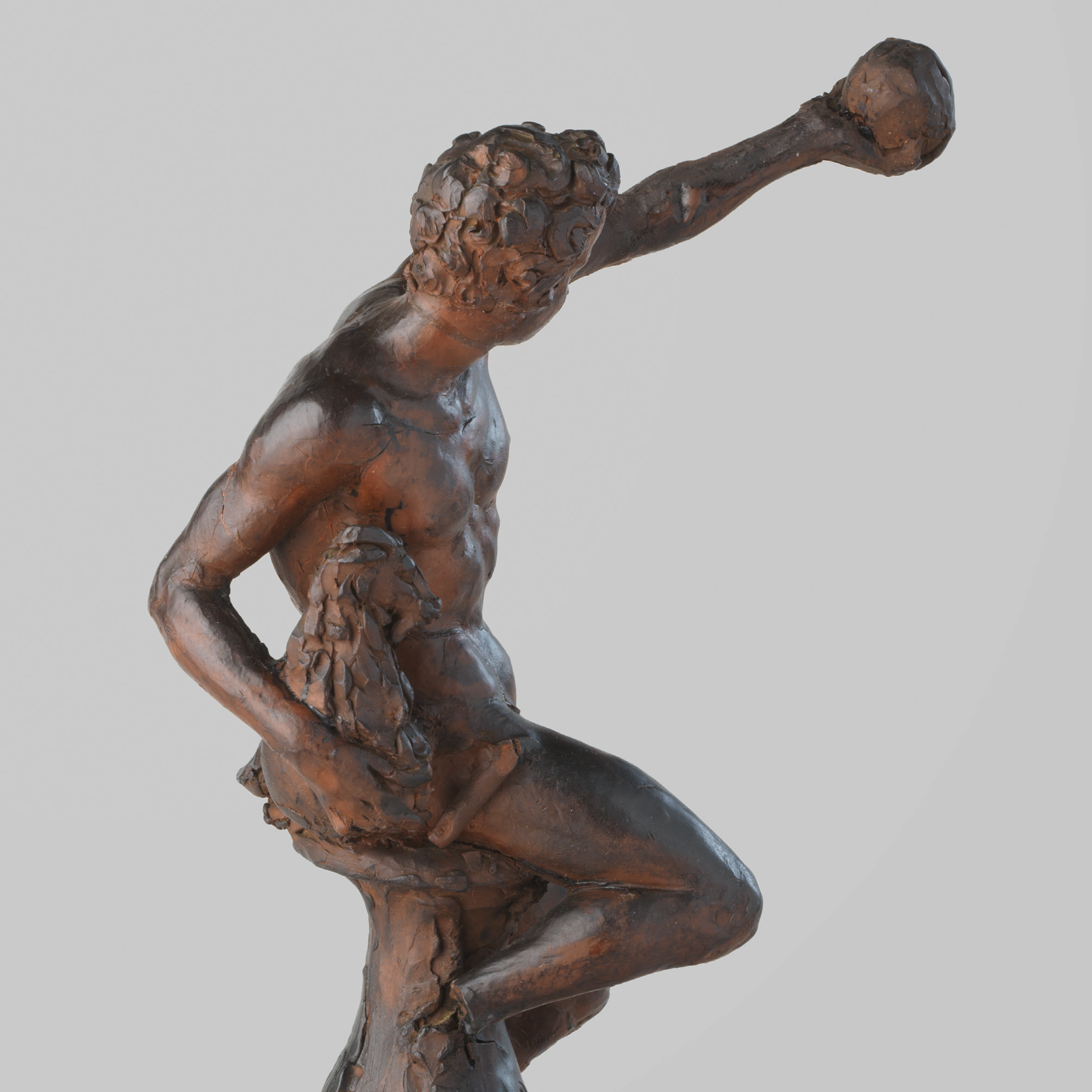Cosimo’s Genius and Ammannati’s Ingenium: The Wax Model for the Genio Mediceo
DOI:
https://doi.org/10.52476/trb.9518Abstract
In 2018 the Rijksmuseum acquired the wax modello for the Genio Mediceo (‘Genius of the Medici’), a bronze fountain statue that was made around 1557 in Florence by Bartolomeo Ammannati for the Duke of Tuscany, Cosimo I de’ Medici. It is Ammannati’s only known undisputed wax model. The attribution is confirmed by a reference to the statue in four sonnets by the lawyer Lelio Bonsi – published in 1560 by Ammannati’s wife, Laura Battiferra.
The Genio Mediceo, a naked youth holding a Capricorn and a sphere – representing the cosmos (‘cosmo’, as an allusion to Cosimo) – represents the personal protector (genius) of the Medici ruler, and harks back to a concept from Classical Antiquity. Cosimo modelled his image on the Roman emperor Augustus, the supposed founder of Florence, and also adopted his genius cult and star sign of Capricorn. As the symbolic link between the heavens and the earth, Ammannati’s Genio watched over Cosimo’s fate, which was determined by the stars, and embodied the motto of this ‘new Augustus’: fiducia fati (‘trust in fate’).
The Genio fountain was designed for Cosimo’s private apartments in Palazzo Vecchio and can be seen as the ‘male counterpart’ of the marble Juno fountain that Ammannati made for the Sala Grande in that palazzo: in Antiquity, the juno was the female version of the genius. The Juno fountain was associated with Cosimo’s wife, Eleonora of Toledo.
Downloads







